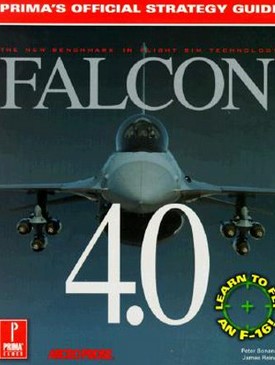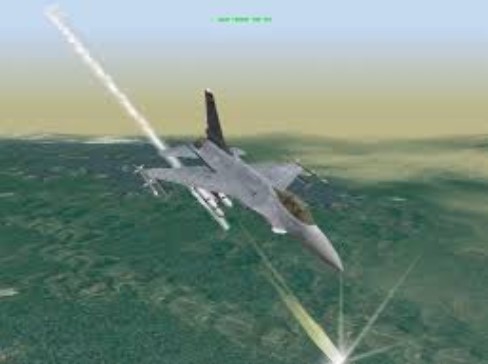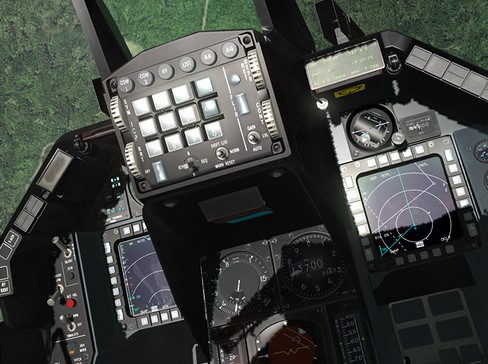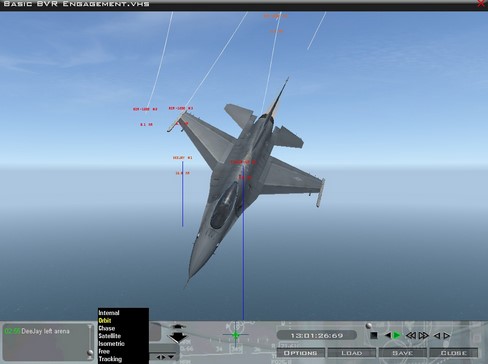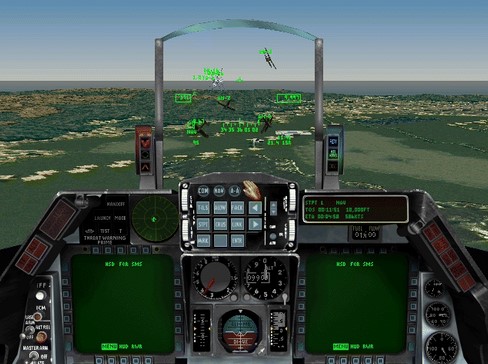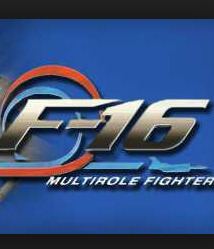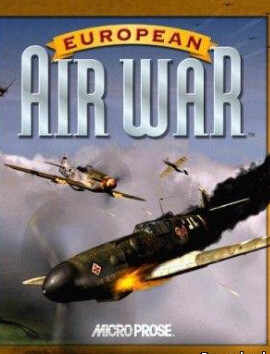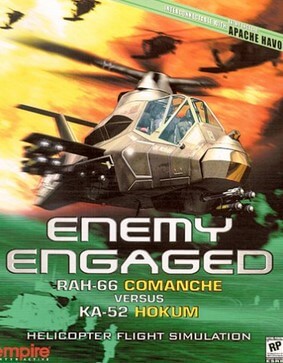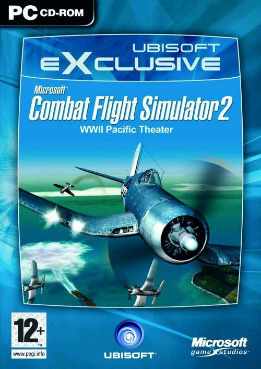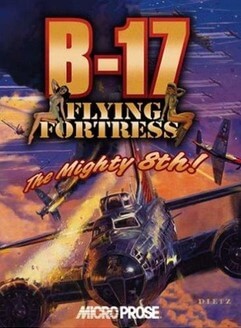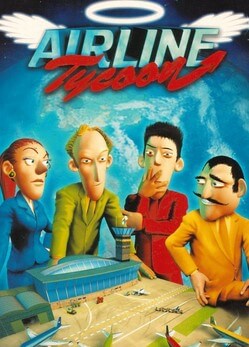Falcon 4.0 is a combat flight simulator video game developed by MicroProse and published by Hasbro Interactive in 1998. The game is based around a realistic simulation of the Block 50/52 F-16 Fighting Falcon jet fighter in a full-scale modern war set in the Korean Peninsula. Falcon 4.0's dynamic campaign engine runs autonomously.
The game is the ultimate development in the Falcon series from Spectrum HoloByte that began in 1984. HoloByte had acquired MicroProse in 1993, and started using that name for all of its titles in 1996. After MicroProse was purchased by Hasbro, official development ended. In 2000, a source code leak allowed continued development of the game by members of the gaming community, including bug fixes and new campaigns. Many of these additions were collected by Lead Pursuit, which arranged an official license of the original code base from the owner Atari; these were published as Falcon 4.0: Allied Force in 2005. Spanning well over a decade, the Falcon 4.0 series is one of the longest running game series using the same code base in PC history.
Gameplay
The game's story begins in the early 1990s with North Korean forces invading South Korea. The United States deploys extensive support to the South, including military aircraft, armored forces, and naval vessels. The rest of the game plays out in response to the player's actions, potentially involving China and Russia. Japan has an airbase, but plays no role in the conflict itself. Because of the game's story content, which involves war in the Korean Peninsula, it was banned in South Korea until 2003.
Falcon 4.0's gameplay parallels actual fighter pilot combat operations. First, over 30 training scenarios acquaint the player with F-16 maneuvering, avionics operation, and various USAF protocols. After training, the player may start the primary gameplay mode in the campaign, which simulates participation in a modern war. Alternatively s/he may engage in dogfight mode which provides an individual air engagement without any continuous context, or create what are effectively miniature campaigns, known as "Tactical Engagements".
The results of the player's performance while using Falcon 4.0 are used to generate a 'logbook'. This contains details such as: flight hours, air-to-air and air-to-ground kills, decorations, a name and photo, and the current rank of the player. Good performance (such as eliminating large numbers of enemy ground units, or surviving a difficult engagement) during a mission may lead to the award of a decoration or promotion; conversely, poor performance (destroying friendly targets or ejecting from the aircraft for no good reason) can lead to demotion or court-martial.
Campaign gameplay has two primary stages, briefings and missions. The briefing section is used to handle the planning of flights and packages (a number a flights grouped together for mutual support in obtaining a military objective), assignment of steerpoints for determining the route of a given flight, and the weapons loadout used by the aircraft. It is also possible to issue instructions to each ground unit manually, overriding the AI's handling of the war. As is the situation for real life pilots, it is of the utmost importance that the player examines closely all of the data presented here to perform well during the mission, in order to best formulate a plan of action when actually flying the jet. Failing to note the location and abilities of enemy SAM sites or CAP aircraft and account for methods of defeating these will almost certainly result in a short flight.
The mission section of the simulator encompasses the actual mechanics of flying the aircraft, radar and weapons operation, threat evaluation, radio communications and navigation. Everything is done in such a manner as to model the aircraft in use as closely as possible, while on the highest realism settings.
The initial release of the software came with three pre-set scenarios for the player to use in campaign mode. 'Tiger Spirit' depicted a war where ROK and Allied forces had repelled the initial DPRK assault and moved onto the offensive. 'Rolling Fire' depicted a closely matched situation where DPRK forces had overrun the DMZ and made small gains, while 'Iron Fortress' simulated a scenario where the North had overwhelmed the South and pushed it back to its last line of defense.
Unlike its static counterpart, a dynamic campaign has no set game path. Missions and the rest of the game world develop as the game progresses, affected in part by the player's behavior. Dynamic campaigns can present a more random and diverse game experience, but are more difficult for programmers to implement. The AI controlling the activity of the Falcon 4.0 campaign engine can be influenced by a wide range of configurable settings, all of which can be adjusted to meet changing objectives as the scenario progresses.
A Tactical Engagement (or TE) is a small scale, hand-built, 'one-shot' mission with a pre-defined objective. The same engine handles the activities of AI controlled units. One of the advantages of building this style of mission is that it allows experienced pilots to practice attacks on high value, well defended targets, which are often eliminated from campaigns early on as the planning AI assigns packages to eliminate them in order to maximise the effect on enemy combat readiness.
The Instant Action mode of operation places the user in a F-16 currently in flight, armed with an infinite number of missiles. Progressively more capable waves of enemy aircraft then move in and engage the player's aircraft. Many different options are available to customise this mode, including disabling SAM and AAA defenses, setting unlimited fuel, and the difficulty of the first wave of inbound hostiles.
Falcon 4.0 originally featured 3D graphics with multitexturing support. It was one of the very first programs on the market which was designed multi-threaded to take advantage of dual-core x86 processors. The game used one thread for graphics and primary simulation and the other for the campaign engine.
